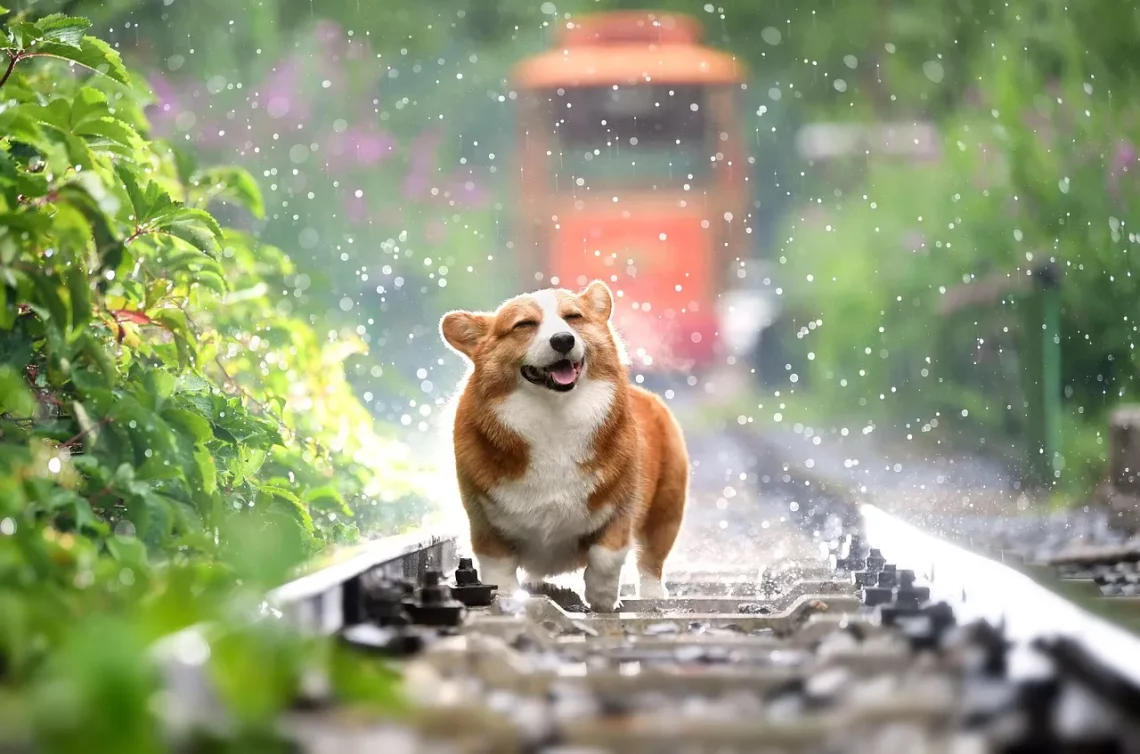
Warning Signs to Watch for After Neutering Your Dog
Neutering is a common procedure for pet owners looking to manage their dog’s health and behavior. This surgical intervention can help prevent unwanted litters and reduce certain health risks. However, the post-operative phase is crucial in ensuring your dog recovers well and remains healthy in the long run. Just like any surgical procedure, neutering comes with its own set of considerations that pet owners must be aware of.
After the surgery, dogs may experience a range of physical and behavioral changes as they heal. Understanding these changes is essential for any responsible pet owner. It’s important to monitor your dog’s recovery closely, as some signs may indicate complications that need immediate attention. Awareness of these potential warning signs can make a significant difference in your dog’s recovery process.
In the following sections, we will explore specific signs and symptoms to watch for after your dog has undergone neutering. By being vigilant and informed, you can ensure that your furry friend remains healthy and happy during the recovery period.
Common Physical Symptoms to Monitor
One of the most important aspects of post-neutering care is keeping an eye on your dog’s physical symptoms. After the procedure, it’s normal for your dog to exhibit some signs of discomfort, such as swelling or mild pain at the surgical site. However, it’s crucial to differentiate between normal recovery signs and those that may indicate complications.
Swelling around the incision site is to be expected, but excessive swelling or the presence of a large lump can be a warning sign. If the area appears red, warm, or excessively painful when touched, it may indicate an infection. Be vigilant for any drainage from the incision site; clear fluid is usually normal, but pus or a foul odor suggests an infection that requires veterinary attention.
Another physical symptom to observe is your dog’s appetite. A slight decrease in appetite for the first day or two post-surgery is common, but a complete refusal to eat for more than 24 hours is concerning. In addition, if your dog is excessively lethargic or shows signs of distress, this could signal a complication. Regularly checking your dog’s temperature can also be helpful; a fever may indicate an underlying issue.
Additionally, monitor your dog’s activity level. While some rest is necessary during recovery, excessive lethargy or unwillingness to move could point to a problem. If your dog is limping or showing signs of pain when moving, consult your veterinarian. The goal is to ensure a smooth recovery, and any concerning signs should not be overlooked.
Ultimately, being proactive about your dog’s physical symptoms after neutering can help catch potential issues early, leading to a better recovery experience.
Behavioral Changes to Watch For
In addition to physical symptoms, behavioral changes following neutering can provide insight into your dog’s recovery. Many dogs experience shifts in behavior after the procedure, some of which are normal, while others may warrant further investigation.
One common behavioral change is increased calmness. Neutering can often lead to a reduction in aggressive or overly dominant behaviors, as well as a decrease in roaming tendencies. However, if your dog becomes excessively withdrawn or shows signs of depression, this can be a cause for concern. Monitor your dog’s interactions with family members and other pets closely during this time.
Another behavioral aspect to observe is your dog’s response to pain. If your normally playful pet becomes irritable or snaps at you when you approach them, they may be experiencing discomfort. It’s essential to provide a safe space where your dog can recover without feeling threatened. Consider creating a quiet area with their favorite blankets and toys, allowing them to feel secure during this vulnerable time.
Restlessness is another behavior to be aware of. While some dogs may seem more relaxed, others might display signs of anxiety or restlessness post-surgery. If your dog is pacing, whining, or unable to settle down, this may indicate that they are uncomfortable or feeling unwell.
Finally, keep an eye on your dog’s bathroom habits. Changes in urination or defecation patterns can suggest discomfort or complications. If your dog is straining to urinate or has diarrhea, these symptoms should not be ignored and should be discussed with your veterinarian.
Paying attention to these behavioral changes can help you determine if your dog is recovering well or if there are underlying issues that need to be addressed.
Signs of Infection or Complications
Post-operative complications are rare, but they can occur. Recognizing the signs of infection or other issues is crucial for your dog’s well-being. The most common complications after neutering include infections, excessive bleeding, and reactions to anesthesia.
Signs of infection typically include increased redness and swelling at the surgical site, as well as warm skin around the area. If you notice any discharge that is yellow or green, or if your dog is developing a fever, seek veterinary care immediately. Keeping the incision clean and monitoring it for any changes is essential in preventing infections.
Excessive bleeding is another concern. While some minor bleeding may occur, a significant amount of blood or persistent bleeding from the incision site is a serious issue. If you see blood soaking through the bandage or if your dog is excessively licking the area, contact your veterinarian.
Some dogs may also have adverse reactions to anesthesia. If your dog is experiencing prolonged lethargy, difficulty waking up, or is disoriented, these could be signs of a negative reaction. It’s crucial to consult with your vet if you notice these symptoms, as they may require immediate attention.
Regular post-operative check-ups are important for monitoring your dog’s recovery. Make sure to discuss any concerns or unusual symptoms with your veterinarian during these visits. Early intervention can prevent more serious complications and ensure your dog has a smooth and healthy recovery.
Importance of Follow-up Care
After neutering, follow-up care is essential in ensuring your dog’s health and well-being. Regular veterinary visits allow for monitoring of the surgical site and overall recovery. This is the time to address any concerns or questions you may have about your dog’s behavior or symptoms.
Your veterinarian may recommend specific aftercare instructions, including activity restrictions, dietary changes, and medications to manage pain or prevent infections. Following these guidelines can significantly affect your dog’s recovery process. For instance, limiting your dog’s activity during the initial healing period can help prevent complications such as reopening the incision.
It’s also important to keep your dog from licking or biting at the surgical site. An Elizabethan collar may be necessary to prevent your dog from irritating the area while it heals. This proactive approach can help prevent infections and ensure a smoother recovery.
Additionally, providing a calm and quiet environment at home can greatly benefit your dog’s healing. Reducing stress and allowing for adequate rest will facilitate a quicker recovery. Engage your dog in gentle activities and mental stimulation without overexerting them, allowing them to adjust to their post-surgery state.
In conclusion, follow-up care is not just about monitoring the incision; it encompasses your dog’s overall health and well-being. Regular communication with your veterinarian and being attentive to your dog’s needs will ensure a successful recovery.
**Disclaimer:** This article is for informational purposes only and does not constitute medical advice. For any health-related concerns, please consult your veterinarian.




